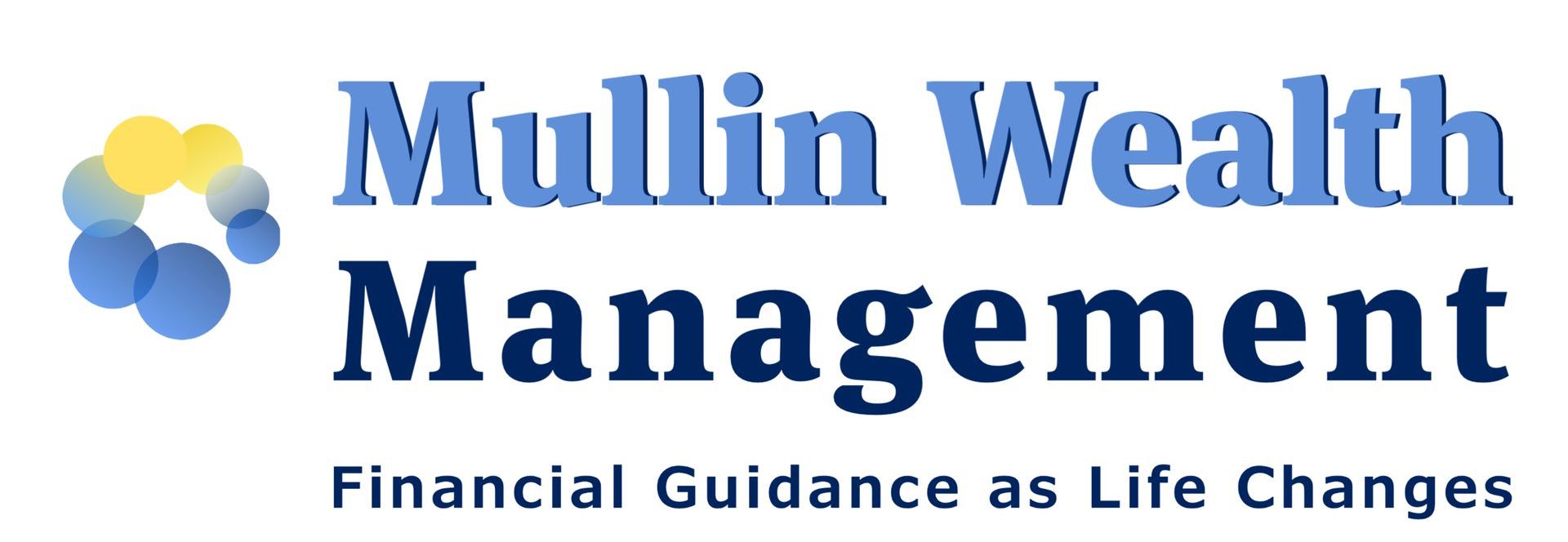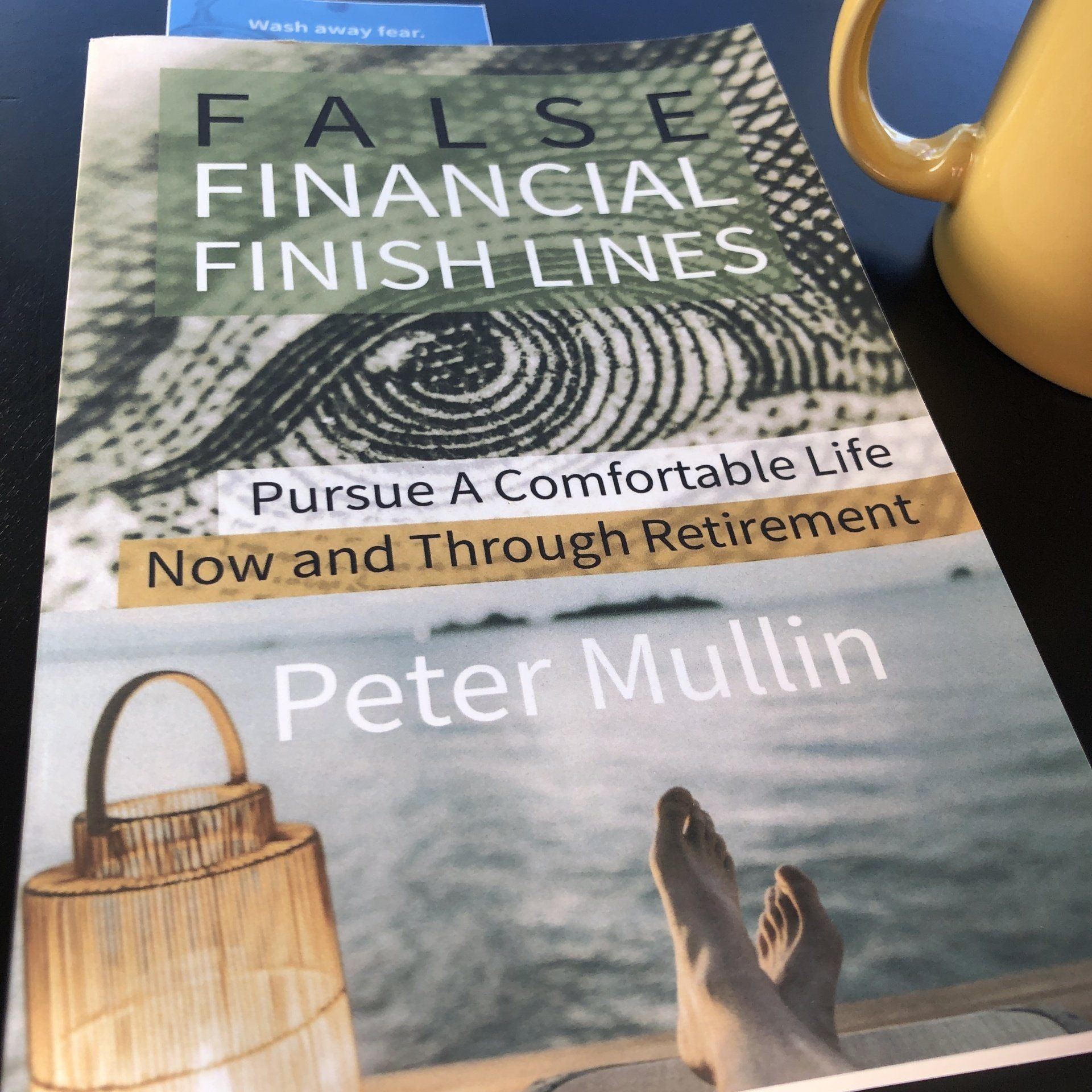My Take: The 4% Retirement Income Rule
Imagine you are running a marathon. At mile 20, your legs start to feel like jello, you can’t concentrate, and you feel as though you are running in slow motion. You have hit the dreaded “wall.”
The energy has been zapped from your body. And you have 6.2 miles to go…
Running out of energy with miles to go can feel like running out of money in your golden years.
The Perfect Storm
A withdrawal rate in retirement is like a race pace in a marathon. Each person is a little different, each mile (or year) is different, and you need to adjust.
Just imagine it’s 2022. You have saved habitually. Your portfolio has grown nicely. Retirement is calling.
You expect you’ll take 4% from your $2 million portfolio (that’s $80,000) your first year. Then bad portfolio weather visits two months before you retire…
Your $2 million is now zapped down to $1.4 million. What if you lose 10% more? And you planned on taking out $80,000 to live on your first year…
When a portfolio “hits a wall” in retirement you may need to reevaluate and recommit to your long-haul strategy with some adjustments (Guyton & Klinger 2006; Pfau 2011).
[This is a hypothetical example and is not representative of any specific situation. Your results will vary. The hypothetical rates of return used do not reflect the deduction of fees and charges inherent to investing.]
Twist on Simple
But investors prefer simple answers.
How much can you withdraw from your portfolio in retirement? Have you heard of the ‘4% Rule?’
In 1994, William Bengen demonstrated and generally concluded that an ~4% withdrawal from retirement portfolios may be prudent. You begin with 4% of your portfolio your first year. Then add inflation to that first withdrawal amount each year – kind of like social security. He considered bad portfolio weather, age, and portfolio construction.
Jonathon Guyton & William Klinger added to this research and provided rules that suggest a more flexible approach to retirement income (Guyton & Klinger, 2006).
Bengen does conclude that a clients circumstances need to be reviewed before being guided toward a withdrawal rate (Bengen 1994). Read my blog post, “ Investing: Rule of Thumb.”
A strategy for retirement spending has many factors to consider.
With all of this said, here are some questions that can help guide your retirement income strategy. I strongly encourage you to discuss your circumstances with a professional.
Please don’t hesitate to e-mail me with questions.
Retirement Income Assessment:
Five (5) Questions That Can Influence Your Retirement Income
How to use this assessment: In response to each question below your portfolio may adjust one way or another.
So, here’s a guide as to how your portfolio may potentially adjust:
Grow : You may wish to have your portfolio emphasize growth over preservation. Balance : You may wish to have your portfolio balance growth with preservation.
Risk + : Consider pros/cons of increasing your portfolio(s) risk.
Risk – : Consider pros/cons of decreasing your portfolio(s) risk.
Flex/Save+ : Understand that you may require flexibility when living off your portfolio. Flexibility may mean times where you should consider reducing your spending from the prior year (Guyton & Klinger, 2006). Saving more before retirement may help you when flexibility is required. Saving more may also be advised when things like reduced risk is preferred over growth, for example.
[Note: Call on a professional to better understand what growth, balance, Risk + or – may look like.]
Five Questions:
- Age: How old will you be when you retire?
Age is a significant variable in your decision making process.
- Assume I retire after 65. Balance, Risk –
- Assume I retire before 65: Grow, Risk +, Flex/Save+
- Longevity: How long will you live?
- Assume I have 40 years or more left to live: Grow, Risk +, Flex/Save+
- Assume I have 30 years or less to live: Balance, Risk –
- Risk Tolerance: What’s your honest risk tolerance?
- Higher Risk Tolerance: Grow, Risk +, Flex/Save+
- Lower Risk Tolerance: Balance, Risk –, Flex/Save+
- Relative
Dependency: How much of your living expenses will you expect your portfolio withdrawals to pay for?
- Majority of Expenses: Balance, Risk –, Flex/Save+
- Moderate to Low: Grow, Risk +
- Legacy:
How important is it that you pass along a legacy to the next generation(s)?
- High Legacy Aspirations: Grow, Risk +, Flex/Save+
- Moderate to Low Legacy Aspirations: Balance, Risk –, Flex/Save+
[These are hypothetical examples and is not representative of any specific investment. Your results may vary.]
Get Started
The best place to get started is by taking an inventory of your current assets. Contact us for your free checklist that can walk you through this initial step.
***
For Scholarly Reference
Bengen, William. “Determining Withdrawal Rates – Using Historical Data.” Journal of Financial Planning . October 1994.
Guyton, Jonathon & Klinger, William. “Decision Rules and Maximum Withdrawal Rates.” Journal of Financial Planning. (March 2006).
Pfau, Wade. “Which Retirement Spending Strategy Is Right For You?” Blog, Retirement Researcher . November 2016.
Pfau, Wade. “Getting on Track for a Sustainable Retirement: A Reality Check on Savings and Work.” Journal of Financial Planning. (October 2011).
***
The opinions voiced in this material are for general information only and are not intended to provide specific advice or recommendations for any individual.
Investing involves risk including loss of principal.
No strategy assures success or protects against loss.
***
Peter Mullin is a financial advisor with Mullin Wealth Management in the St Cloud, MN area. Visit www.mullinwealth.com to learn more.
- Mullin's take on the "4% Retirement Rule"
- Navigate "Bad Portfolio Weather"
- Tips to Optimize Social Security







Articles and Assets
What are your Priorities?
Well it’s the end of the year. I just searched on Google for “market outlook 2018.” I came up with a little over 58-million “results.”
So should you be investing in stocks in 2018? The quick answer: It’s likely a prudent part of your portfolio. But it depends on your circumstances, right?
It’s apparently popular to throw your hat in the ring.
A mantra that you hear among disciplined professionals is to “stay the course.”
Then you hear “sell high, buy low.”
Who’s right?
The relief of a disciplined strategy is that it can be tailored to you. And tailor we think you should.
Yes, it’s possible that an investor may not utilize stocks in their portfolio at all. Or you may decide to go “all in” with a diversified stock portfolio.
(Side effects from tailoring a strategy may include increased confidence & persistence, apathy toward daily market reports, and increased focus on what really matters.)
Let’s begin with the “Why” of investing for you. Then you can request 15-minutes on the phone discuss your “how.”
So “Why Should You Invest”
Life changes and our “why” of investing ought to transform with life. Some invest for sport – they like the risk/reward of investing – they’re in it for the thrill. I don’t hang with this crowd.
Most of us ought to invest for things we want. Our money & our goals are serious. By investing in a diversified portfolio we can pursue things we want.
1. Living A Comfortable Retirement: Retirement is a noun. It’s up to you to really design and live a retirement that reflects you.
2. Purchasing a Home: Home is a place to live. It can take a down payment.
3. Passing an Inheritance on to Family:
4. Student Loan Shield: This idea is important for many Millennial graduates. Student loans can dominate your budget. But instead of accelerating those payments, what if you paid your required payments, and then invested the additional money that you were going to pay against your loan balance?
5. Emergency Reserves: You probably have read that it’s prudent to keep a relative healthy amount of cash in your checking/savings. Once you’ve achieved that, then you can consider investing additional funds. Go a step further and consider a non-retirement account for you and your house. You can spend this on cars, vacations or use it just as described in #4.
The Dow Jones has seen positive results, so far, in 2017. It’s unusual and sort of uncomfortable as the independent financial advisor. Why is it uncomfortable?
What would sting & linger longer? Finding $20 in the parking lot? Or finding a $20 parking fine on your windshield?
We’ve been finding a lot of metaphorical “$20’s” (i.e. “positive results”) in our portfolios this year. So the second we find a parking fine (or a few in a row) we’ll be sure to ask if stocks are still the right place to park our money.
Complacency can work against us, Dear Clients. Just keep recalling your long-haul strategy and your “why” of investing.
***
Peter Mullin is an independent financial advisor registered through LPL Financial. He lives in Rogers, MN with his family. He was born and raised in St. Cloud, MN. Mullin Wealth Management is located in Waite Park, MN.
The opinions voiced in this material are for general information only and are not intended to provide specific advice or recommendations for any individual.
Investing involves risk including loss of principal.
There is no guarantee that a diversified portfolio will enhance overall returns or outperform a non-diversified portfolio. Diversification does not protect against market risk.
All performance referenced is historical and is no guarantee of future results.
All indices are unmanaged and may not be invested into directly. No strategy assures success or protects against loss.








